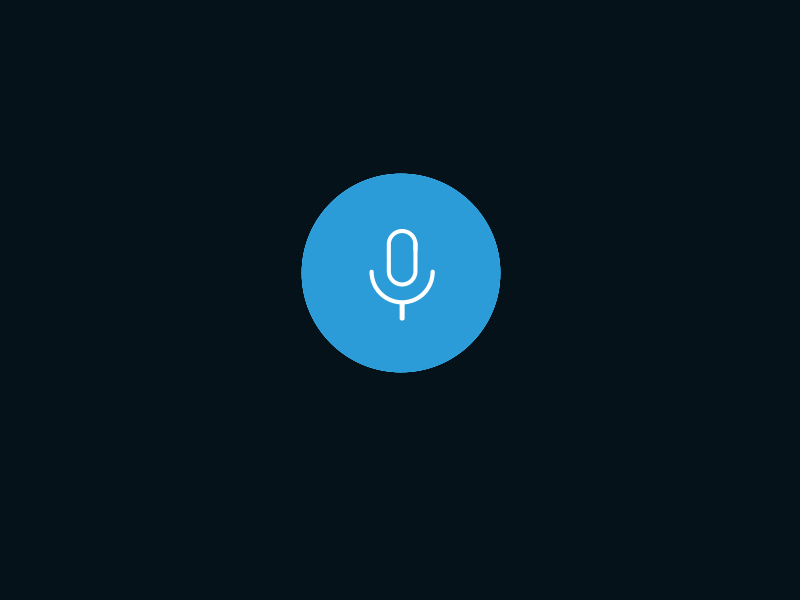01.
Voice Interfaces are emerging
In recent times, with the speedy development of voice recognition technology, Voice user interfaces (VUI) have become more popular and are applied in almost all kinds of devices such as smart TV, smartphones, and smart home equipment. Therefore, in such a scenario, creating your app’s interface for better voice interaction will be very trendy. If you are new to this design type, you should start by trying to understand the user's expectations of a voice conversation. For example, before designing a voice-operated cooker, you should define what users expect in the cooking process and how voice recognition improves their cooking experience.

Source: Xfinity Remote by Juan C. Angustia
02.
Sound is now on the main stage
Sound is an essential factor in creating an appealing and delightful user experience. Diverse sound layers could be integrated into User Interface so that users could listen to them while interacting with your web and apps.
For enhancing user experience, sound can be used to give comments on user actions or system conditions, and draw their attention to important information. Whereas voice might be considered quite distracting for desktop apps, it is very effective and currently dominant on mobile platforms. Therefore, if used well, sound can contribute to growing the reputation of your brand.
Source: Hidden Folks on Behance
03.
Device Synchronization
Another latest design trend is designing for device synchronization. Nowadays, user interaction is integrated cross-platform; thus, the user interface shouldn’t be designed individually in isolation. For instance, Spotify is one of the typical case studies for device synchronization. When you sign in Spotify with the same account, all the settings and songs will be synchronized, which allows you to use the app on your laptop and smartphone. This creates a consistent user experience in all interconnected devices that the user interacts with.
In the past, UX/UI designers started with the core device, which was often a desktop, and then adapted to the other interfaces. Nonetheless, the “mobile-first” era has urged designers to begin with the mobile interface.
Source: giphy.com
04.
Truth-validation design
Online information is circulated in a poorly-organized process. Truth and falsehood are spread online at the same speed and the information distributors bear little responsibility for them. One example was how unproven political advertisement news could significantly affect the election outcome.
Therefore, to help users counter the detrimental impacts of fake information, UX/UI designers should include truth verification capability and formulate the moral UI to provide users with fact check and analysis features while watching the action.
In fact, this trend has been widely adopted recently. For example, in 2019, Instagram and YouTube’s waived content increased. Hence, modern UX/UI design will need to be integrated with a fake news rejection algorithm to reduce anxiety and fraud on the daily online platform.

At Sioux, we have a team of experts who possess a wide range of experiences on UX design, UI design, User Research, Interaction Design. If you have an idea for a new product or need some design consultation, let’s talk to us.
product development, usability testing, prototype, testing product, save money, IT project, software testing, ux ui testing, UX/UI design, trend, outsourcing






